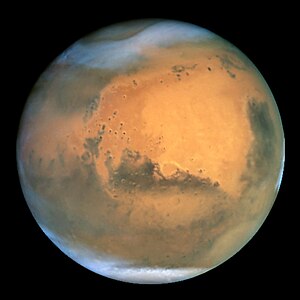 Norĵek is a Human populated world in the heart of the Klaithesh spiral arm of Galfarra.
Norĵek is a Human populated world in the heart of the Klaithesh spiral arm of Galfarra.
The world itself is quite small, more like a moon than a planet. It’s quite low gravity, only around seven units, and very cold.
The world orbits a dwarf star in the thin band of warmth sufficient for the surface of the planet to support oxygen, water, and other things to keep the planet’s Human populace alive. Humanity, however, has to cling to the equatorial (approximately) one-third of the surface as the more polar regions can reach incredibly low temperatures – during some years, low enough to precipitate some of the vital gasses out of the atmosphere at the poles themselves.
Despite this, the planet has a remarkably robust biosphere, even more amazingly it possesses such a biosphere from pole to pole.
Near the equator the biology of the world is largely a mix of tundras, cold-swamps, and ice-jungle, with typical temperate zones hugging the few degrees above and below the actual equator. Approaching the poles you find a shift toward silicate life, and other ice-world biologies as well as unusual forms extremophilic carbon/water life. Plants on Norĵek are more closely related to ferns, and some do not metabolise carbon dioxide, but various ammonia-based gases instead. Most life on the planet is found under its considerable ocean, which is exceedingly deep for a world so small and filled with geothermal vents than keep the lower reaches liquid. Underwater all forms of life from bacteria to fungus to reptiles to mammals can be found. On the surface it is primarily insects, saurians, and a few mammals as well as the fern-like planets.
Geologically there are two major continents and one minor one which have only separated from a single continent in the last 500,000 standard years so are fairly close together. There are also numerous archipelagos of volcanic islands scattered around the ocean. Geysers abound on the landmasses, and the hot springs tend to be the population centres for the Norĵeké whether you mean Human or animal.
Economically the world is part of the Galfarran Union and while on the poorer end of the spectrum is still considered “average wealth” by the Galfarran Trade Council. Their major exports are in a few exotic alloys that are produced in the planet’s mantle and collected at lava flows (for example, Norĵek is the best source for blethĵŝ); their woodcrafts have long been a powerful artisan market as the profoundly long and isolating winters leave plenty of time to perfect handcrafts which couples well with the extreme beauty of the wood of Norĵek’s few species of tree; they also produce many raw goods needed by various cosmetics industries in the form of oils, volcanic rocks, etc.
No worlds in the Norĵek system have moons, but the first four planets, Norĵek being the third, are all so close to each other and their star that they can be seen quite clearly in one another’s skies.
Norĵek’s orbit, being so small, does give it a very short year, being only slightly longer than a standard korva, and it has a rotation of approximately 29 nulaire 7⅔ saenead.


